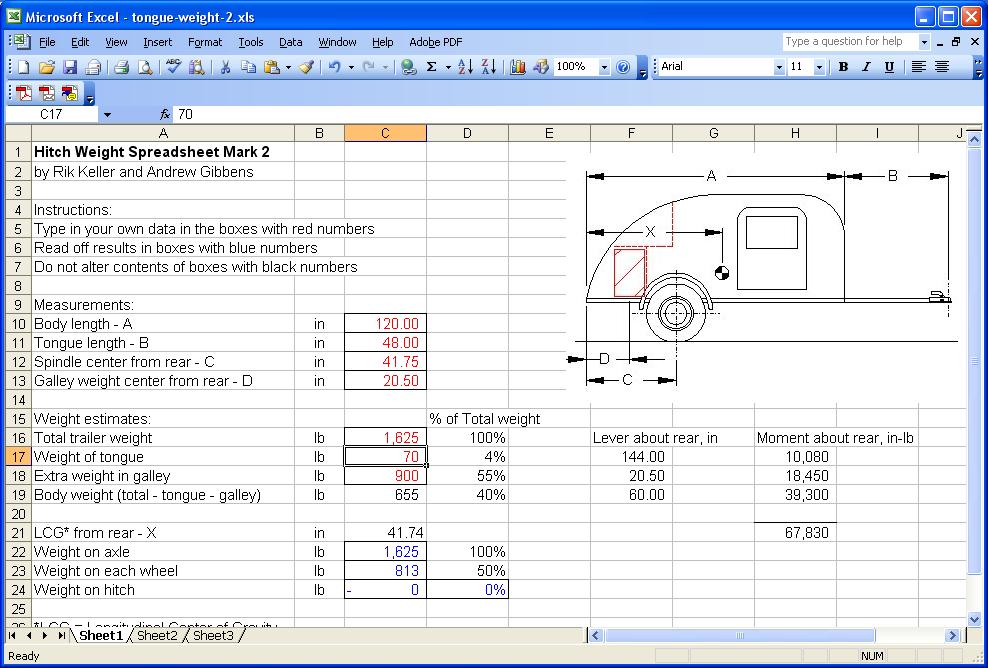powderburn wrote:
How can a fully charged battery of aprox 13 volts loose charge when the alt is giving a charge of over 13 or maybe closer to 14 volts?
The answer to that is to connect two unequaly charged batteries, one will try to charge the other, because the starter battery is never charged above say 70% it will try to equalise with the higher charged leisure battery, the leisure is brought down by the starter (and the fact that an alternator can never get more than say 70% into
any lead acid battery
powderburn wrote:Was that fully charged battery used for starting the vehicle?
No the starter battery was already on the vehicle, the leisure battery for testing was fully charged and not connected in circuit until after the vehicle started.
powderburn wrote:You didnt say how long it takes for your charger to bring the voltage up... 4-5 hours???More???
Because its got nothing at all to do with the test, The sterling is a top 4 stage charger and was left on way longer than needed to fully charge. The same charger is used to fully charge all the batteries in the photo below, trust me it can fully charge 10 batteries all at once one is no problem at all
powderburn wrote: I suspect it would charge better because a battery takes the last part of the charge slowly and an alt tries to push the charge in quickly.
The alternator only react to terminal voltage, attach a well dischrged battery and the alternator will churn out maximum amps for a few mins this causes the internal resistance (of the battery) to change quickly and the ampage drawn soons cuts back. but its nowhere near fully charged and it makes me howl to see people buying bigger alternators thinking its going to do any good, basically same scenario except resistance changes quicker and so cust bac sooner still not a fraction more charge....
powderburn wrote:Was this a deep cycle battery or a starting battery?
A deep cycle leisure battery one of this collection (my motorhomes 1100ah battery bank), I just borrowed one for the test.







